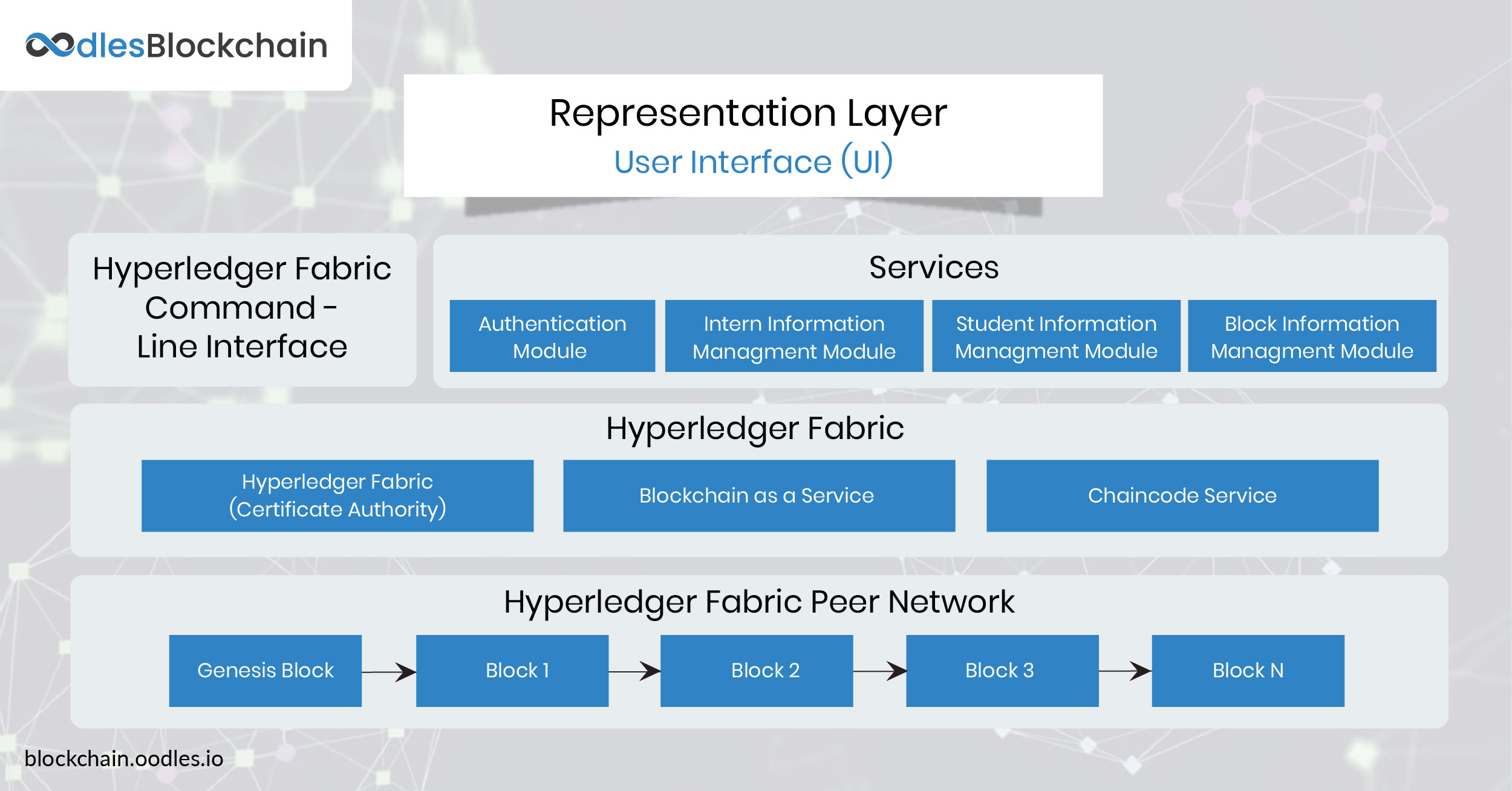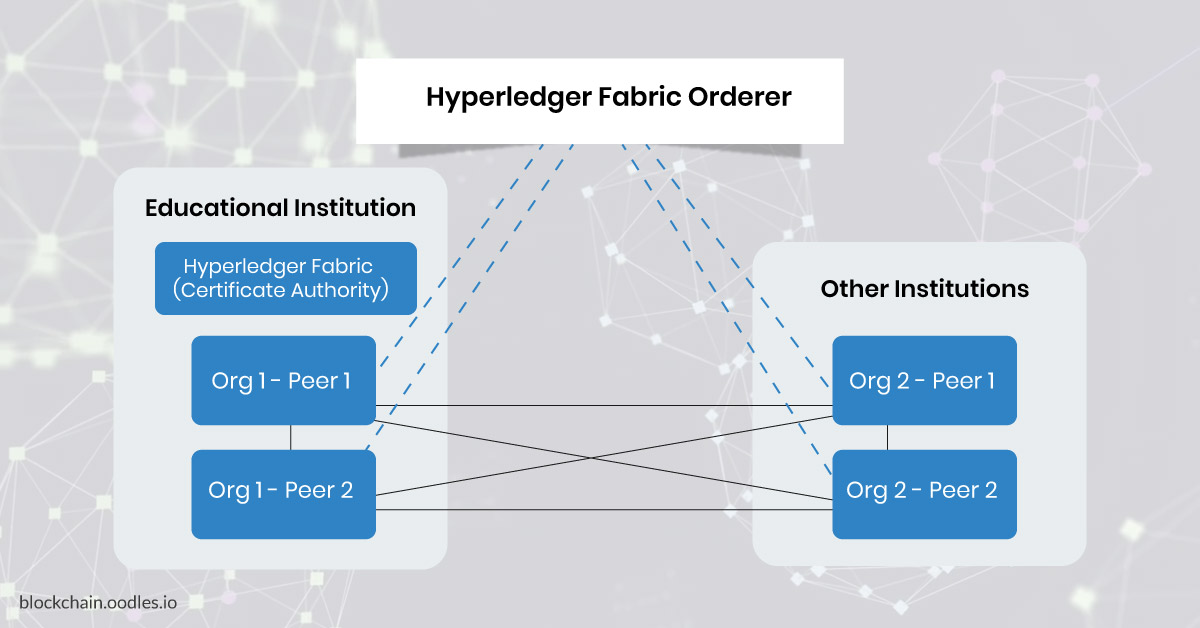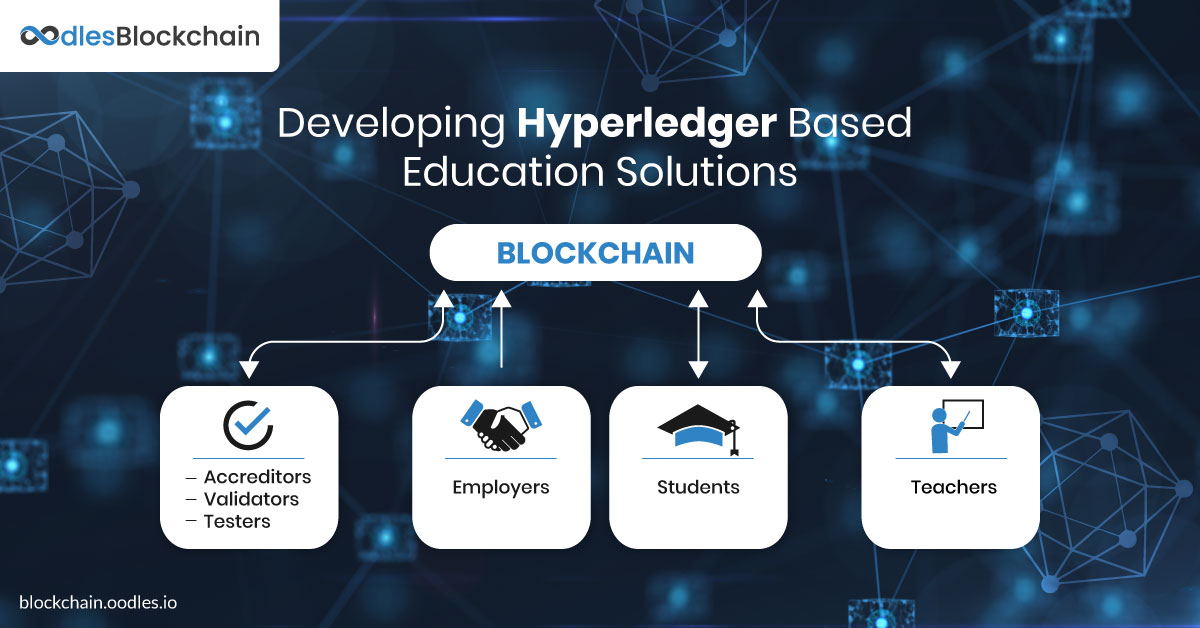-
The processes for verifying educational credentials between recruiting companies and educational institutions are irregular, opaque, and inefficient. Verification services are valuable for pre-employment background checks. They ascertain whether or not a candidate’s educational credentials are genuine. Verification reports are essential for making hiring decisions and testing the honesty and integrity of candidates. Since businesses invest significant resources in hiring competent individuals, effective verification plays a critical role.
Employees misrepresenting their education and experience is a common problem organizations across the globe have to deal with. The presence of a significant number of fake and unapproved institutions further compounds the problem. The need of the hour is to use blockchain development services to build education verification solutions that enhance trust and transparency between job seekers and companies with efficient credential verification systems.
The Solution to Bridge the Gap Between Education-to-Employment Verification
Hyperledger Application Development Services can fulfill the need of stakeholders to exchange sensitive information with trust, security, and transparency.
Hyperledger’s Fabric is a framework that can accelerate and simplify education-to-employment verification processes.
It can enable educational institutions, students, and companies to collaborate and share information using a single secure blockchain-based application.
Why Hyperledger Fabric?
The Fabric enables blockchain developers to build distributed ledger solutions that provide increased privacy, flexibility, and scalability.
It is an extensible blockchain platform that requires no native currency to run distributed applications.
It enables components like consensus algorithms and Membership Service Providers to be plug-and-play for the development of different use cases and trust models.
In particular, the MSP component executes membership services with interoperability across different membership standards and architectures in a permissioned model.
With container technology, it runs smart contracts called "chaincode" for the automated execution of business rules in the system.
The Fabric also can create private permissioned channels that enable a group of participants to create a separate transaction ledger. It is important for private transactions where every participant in the network should not see them but only the permissioned ones.
Also, Check: Compelling Use Cases of Hyperledger Blockchain Applications
Developing an Education Verification System with Hyperledger Fabric
A prototype platform based on Hyperledger can provide various operational benefits for the education-to-employment verification system.
It can establish and maintain self-sovereign digital proof of credentials, including educational certificates and authority evidence of academic achievements.
Concurrently, digital proofs can bear timestamps for seamless integration with existing applications.
It improves data integrity and protects the intellectual property rights of all stakeholders.
A Hyperledger Fabric-based verification system will require an educational institute's private key to sign the content of the certificates and add a signature to it.
It will create unique hash IDs that students, educational institutions, and employers can use to verify the contents of an educational certificate.
As a result, students will use their private keys to manage digital records and ensure consistency of information and certificate contents. Educational institutions can use their private keys to verify and sign digital certificates
Post that, smart contracts and multi-signature will trigger to verify the certificate at each level of authorization.
Finally, the digital certificates will reach students or employees in near real-time.
Also, Explore | Establishing Digital Self-Sovereign Identity System with Hyperledger Indy
System Architecture
The prototype system we discussed above has architecture layers as shown in the image below.
The system uses blockchain as the underlying data storage mechanism.
Hyperledger Fabric (Certificate Authority) enables Authorization services and Chaincode technology executes smart contracts as per the business logic.
Also, it provides various modules, such as authority authentication, student information management, recruitment information, and block information.
The system architecture also provides a web interface, and CLI (command line interface) to be used when it is necessary to customize the system from the bottom.

Fig. 1. Architecture Layers of the Prototype System
Data Flow Diagram
As visible in the image, users can authenticate their identities using a web interface.
Further, they can obtain certificates from Hyperledger Fabric (CA) server with their private keys and passwords.
Users, depending on their authorization, can request a query or edit information related to students or recruitment with the web interface and CLI.

Fig. 2. Data Flow Diagram of the System
System Deployment
Figure 3 shows the basic blockchain network architecture of a prototype solution deployed on Hyperledger Fabric.
The solution uses two types of organizations, educational institutions, and other organizations. Each organization comes with two Fabric-based peer nodes to create the blockchain network. The network has a single-node orderer known as the Ordering services of the solution deployed in Solo Mode.
Also, it uses the Hyperledger Fabric CA server deployed in a single node to provide membership services to educational institutions.

Fig. 3. System Deployment of the Prototype System
You may also like | Analyzing the Food Traceability System Developed by Walmart with Hyperledger Fabric
Conclusion
Hyperledger blockchain development services focus on eliminating a few pain points that currently hamper the education-to-employment verification system.
They address the current information asymmetry existing between employer organizations and educational institutions.
Also, they focus on enabling seamless convergence among students, employer enterprises, and educational institutions with transparency, authenticity, and validity of data.
However, there are many other use cases and applications of Hyperledger Frameworks that can be explored, ranging from education to identity management to healthcare solutions.
At Oodles, we have a team of seasoned blockchain developers who have the skill set to develop enterprise blockchain solutions. They analyze intricate solution requirements to use the appropriate blockchain framework. If you wish to explore the opportunities of Hyperledger app development services in the education sector, feel free to connect with us.

Our Offices
INDIA
Emaar Digital Greens, Sector 61,
Gurugram, Haryana
122011.
Welldone Tech Park,
Sector 48, Sohna road,
Gurugram, Haryana
122018.














